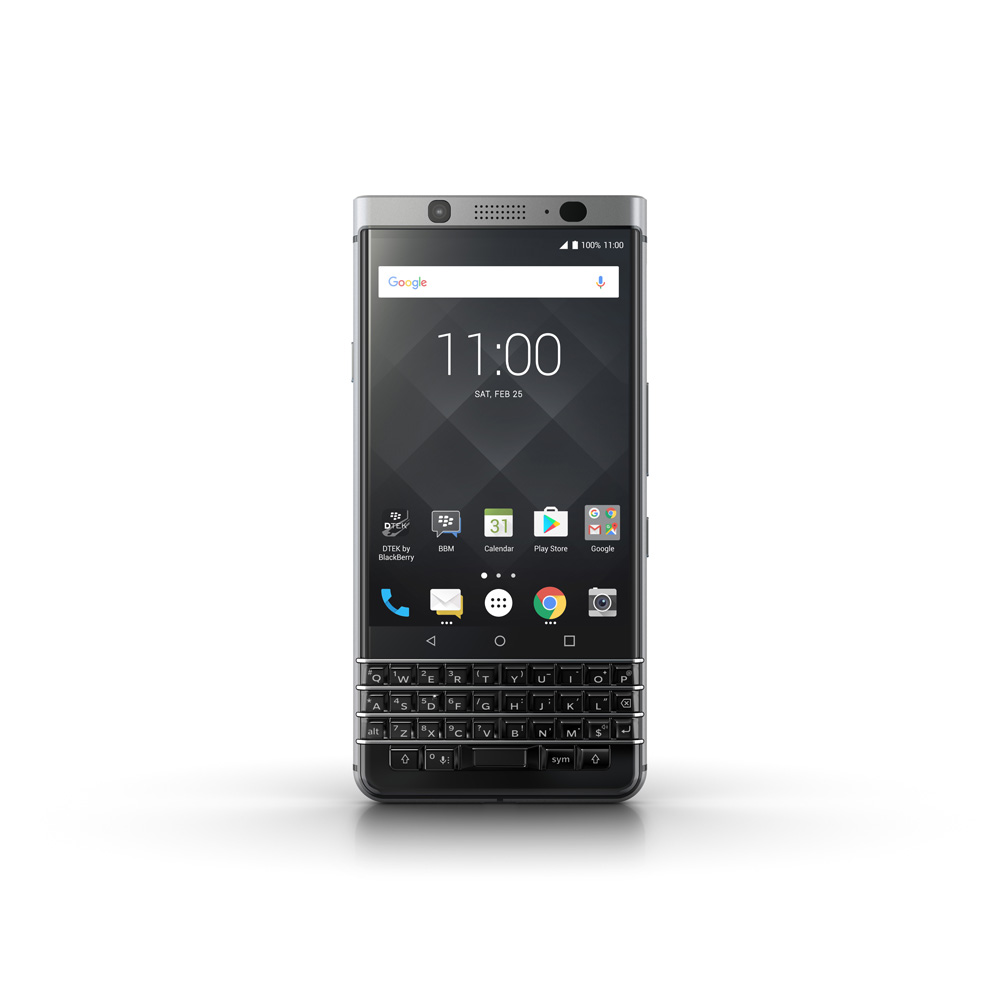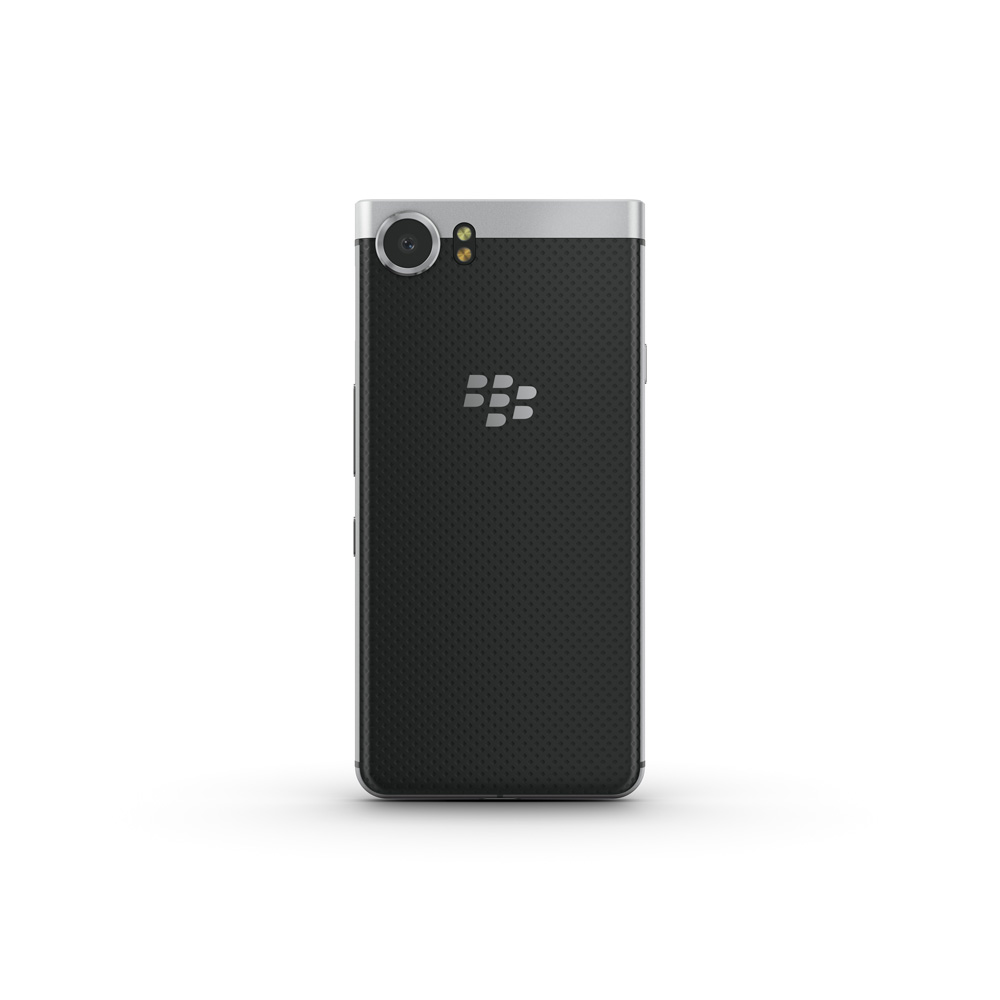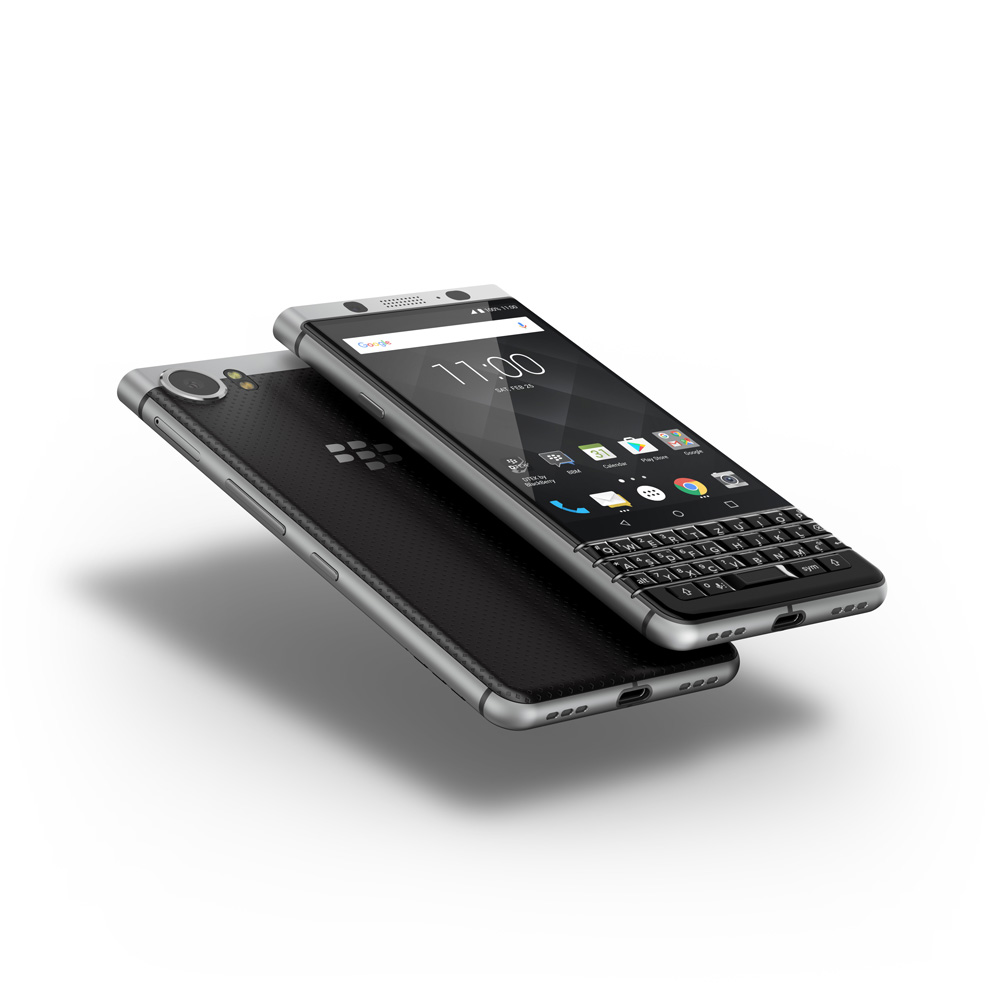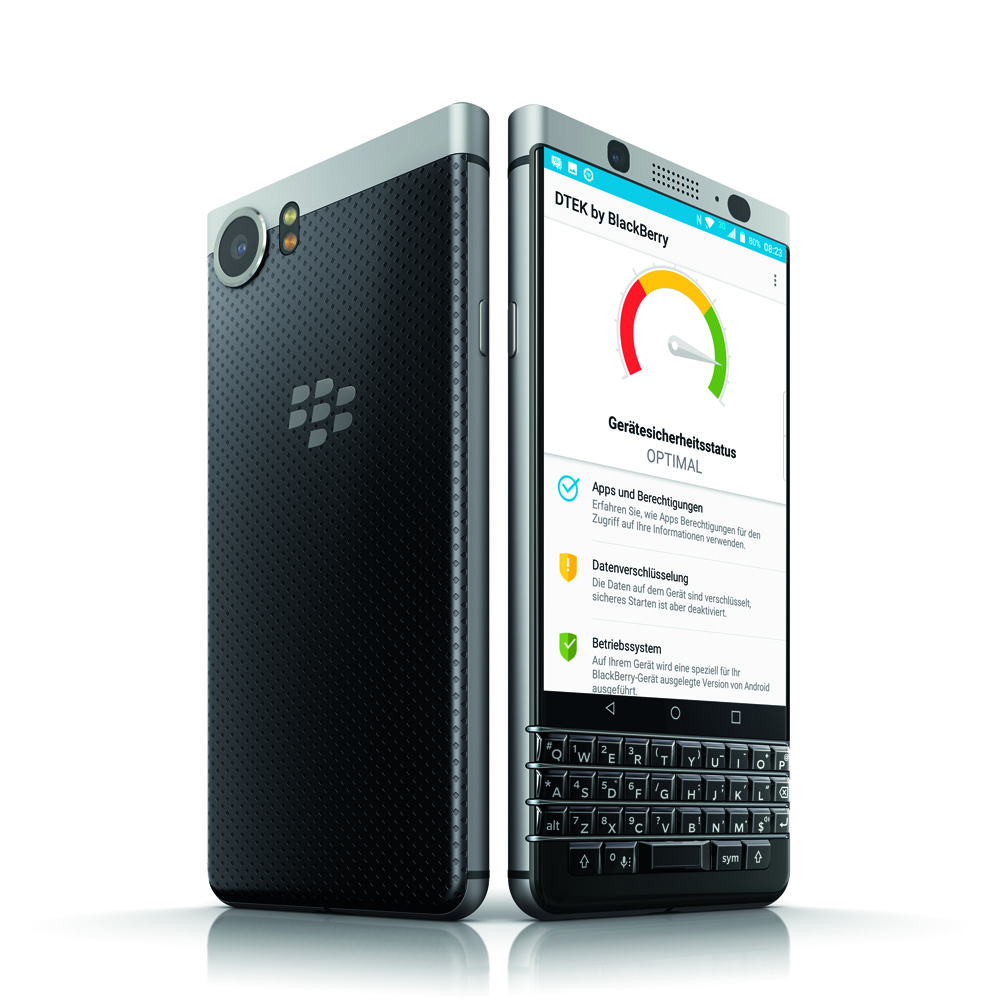It’s big and heavy, which are not advantages for a smartphone. But there are some qualities underneath the stable casing that have yet to be seen in a Blackberry. Is that enough for a breakthrough? The fans have a tough time, because if they want a 100% Blackberry, they need to go for the Classic or Passport models that still run on the original operation system. They are relatively inexpensive to come by now, but are certainly rather long in the tooth in terms of hardware. This is proved by looking at the camera quality. In contrast, the DTEK models manufactured by TCL have above-average cameras for their price class and run on a customised Android.






This opens up a range of important conveniences from the world of Google to them. However, this means they have to go without the keyboard, a piece of hardware many Blackberry users are not willing to go without. The Priv is somewhere between this and, as is so often the case with compromises, is neither fish nor fowl. This is also shown in the comparatively, by Blackberry’s standards, meagre battery life. There’s certainly room for improvement - improvement that the KEYone, manufactured by TCL like the DTEK models, is trying to make. Upon first glance, the Blackberry has a somewhat portly figure, measuring at 149 x 73 x 9 mm and weighing 190g. That said, there is a bright, high-contrast, 4.5-inch display on the front with a good viewing angle as well as a physical keyboard. A helpful tool: you can assign apps to individual keys and start them by pressing the keys quickly or holding them down.
The keyboard differs a little optically from the previous Blackberry standard. The KEYone has given up the unsymmetrical, ergonomic form, which allowed the user to operate the keys on the left-hand side with the left thumb and the right-hand side with the right thumb. Nonetheless, the typing comfort is excellent and here the fans of the brand get their money’s worth. The same goes for the quality of the casing. The solid, anodised aluminium frame ensures the KEYone can take a knock or two in everyday use without landing on the scrapheap. Gorilla Glass from Corning protects the screen from scratches, while the reverse follows the trend of high-gloss materials with a non-slip and slightly grooved, black surface. This sets a bold contrast compared with the front. The fact that the workmanship fulfils the highest of expectations deserves a passing mention.
For those who think the increased weight is just down to the solid construction, they should take a look at the battery life. In connect’s typical mixed use test the battery life was an oustanding ten hours, which is thanks to the abundant 3505 mAh battery. This pushes the KEYone into the top 5 longest-lasting smartphones and means it can often be used for two days without charging.
Processor and more
The frugal mid-class Snapdragon 625 plays a part in that. This has access to a generous 3 GB of RAM. This makes the KEYone the wrong choice for people who often like to run more than a dozen demanding apps at once, but it runs fluidly under a normal workload. The non-volatile memory for data and programs has 32 GB, 20 GB of which is available, making it a bit stingy. It’s good then that the slot for the nano-SIM also has space to hold an additional micro-SD card. However, the KEYone does not support dual SIM.
The phone supports all wireless standards that you might need to use when on the go. It has WLAN at 2.4 und 5 GHz as well as Bluetooth, GSM, UMTS, and LTE up to Cat 6 with 300 MB/s download and 50 MB/s upload speed, while the KEYone also offers good wireless capabilities. The only point it falters a little at is UMTS, which does little to bother customers with an LTE contract. This is because LTE has become the most common wireless standard for data, with GSM being far ahead in terms of speaking.
The installed operating system needs to impress as well as the hardware. Here the KEYone offers Android 7.1.1 with some interesting enhancements. This includes the DTEK app, which provies simple access to the Android security resources and assesses the selected settings. Together with monitoring how often individual apps use which rights, it is very easy to customise the security settings and used apps to your own needs. Practically speaking, the space bar on the keyboard also acts as a fingerprint sensor, which facilitates securing the smartphone.
Typical for Blackberry is the Hub, which lets communication via e-mail, phone calls, and text messages be bundled together. This allows the Hub to offer a very good overview. Unfortunately, it is not very simple with Blackberry under Android to partially swipe an open program to get a view into the Hub, for example if you want check to see if you have received any new messages of particular interest. This feature missing from Blackberry's OS means it falls short of perfection.
The Android makes up for this in two respects though. Until now, many Blackberry users have often had a second smartphone with them, on the one hand to navigate using Google Maps, and on the other to take decent photos. This is history with the KEYone: the built-in camera is one of the best the connect testers have ever had at their fingertips. How good is it? In terms of quality, in the large photo test in connect 7/17 it sits between the LG G6 camera (which scored a “good”) and the Huawei P10 (which scored “very good”). This means the KEYone achieved a top 5 place here, too.
PRO
- Real keyboard
- Very good camera
- Excellent battery life
- Secure concept with Android
- Very solid case
- Scratch proof, high-end display
- Micro SD slot
- Fast USB-C interface
- Fingerprint reader
- Blackberry Hub
CONTRA
- A little large and heavy
- Only mid-class processor
- Little non-volatile memory in basic hardware
At the end of the day
For the price of €599, the Blackberry KEYone offers excellent battery life, a top camera, and the universal expandability of Android as an operating system, without showing any weaknesses worth mentioning. That means it lands in the top 10 of the connect leader board. If you're looking for an alternative to the increasingly similar device by the top manufacturers, the Blackberry KEYone is as pleasant on the outside as it is functional, without quality or functionality suffering as a result. Given the performance offered, the price seems cheap. For those wondering how a physical keyboard affects using a smartphone, they now have a great opportunity to test it out. BERND THEISS

